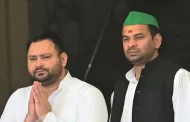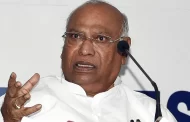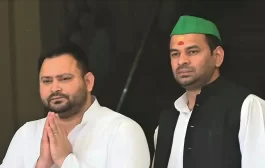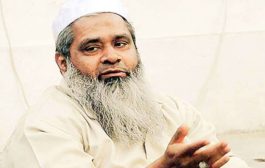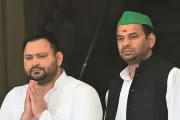With the world grappling with the threats of rising nationalism, extremism and terrorism, risks of a nuclear strike are no longer unreal and remote, said the former Prime Minister on Sunday
Likelihood of a nuclear strike, something that the world has not seen since 1945, and unintended escalations can no longer be ruled out, warns former Prime Minister Dr Manmohan Singh.
Launching the book, “Nuclear Order in the 21st Century” edited by Rakesh Sood and published by Observer Research Foundation, Dr Singh said there is increasing concern about growing nuclear risks.
“Many countries are modernising their nuclear arsenals with tactical and low yield weapons, increasing the likelihood of their use. The goals of nuclear disarmament seem to be receding. The existing nuclear order is coming under strain,” he said.
During the last 70 years nuclear technology has also matured and is today easier to access and acquire, warned the former Prime Minister. Developments in Artificial Intelligence, Cybernetics and space research are also adding to make the world more vulnerable.
In future leaders and governments will have to deal with greater unpredictability and have much less time to take crucial decisions, said Dr Singh while addressing a select gathering.
“If we want to ensure that nuclear weapons do not get used, then we need to create a new nuclear order…the power equations of the 21st century are very different from those during the Cold War. Multipolarity has become a reality in the global economy but the political structures have yet to overcome the inertia of outmoded thinking. That is why it is often said that the hardest thing to change is the human mind,” added the former PM.
Dr Singh pointed out that India is the only country that had an extensive and advanced peaceful nuclear programme before
being compelled to shift its focus. “It is a reluctant nuclear weapon state, unlike others that began their nuclear quest with a military rationale.” India is the only country exercised nearly a quarter century of restraint after having demonstrated its technical capability, he pointed out.
“This is why we decided to base our nuclear doctrine on a credible, minimum deterrent and successive governments have also reiterated India’s commitment to a no-first-use policy,” Dr Singh added.
In his brief address at the India International Centre the former Prime Minister said, “Nuclear stability requires the establishment of clear red lines and predictability to reinforce deterrence. The special waiver given to India by the Nuclear Suppliers Group in 2008 is a clear acknowledgement of our impeccable non-proliferation credentials and our responsible posture. It is a matter of deep personal satisfaction that my government was able to bring the long negotiations with the US and other major powers to a satisfactory conclusion that has enabled India to conclude over a dozen agreements for civilian nuclear commerce and cooperation during the last decade.”
Dr Singh concluded by pointing out that the Cold War nuclear order was shaped by the rivalry of two nuclear super-powers, the US and the USSR, their nuclear parity and mutual vulnerability. But today’s nuclear age, he said, is best described as an age of asymmetry in terms of doctrines, arsenals and technology.
“This is why the most important challenge today is to ensure that the nuclear taboo that has prevented its use since 1945 continues to be preserved,” he concluded.
source: NH



